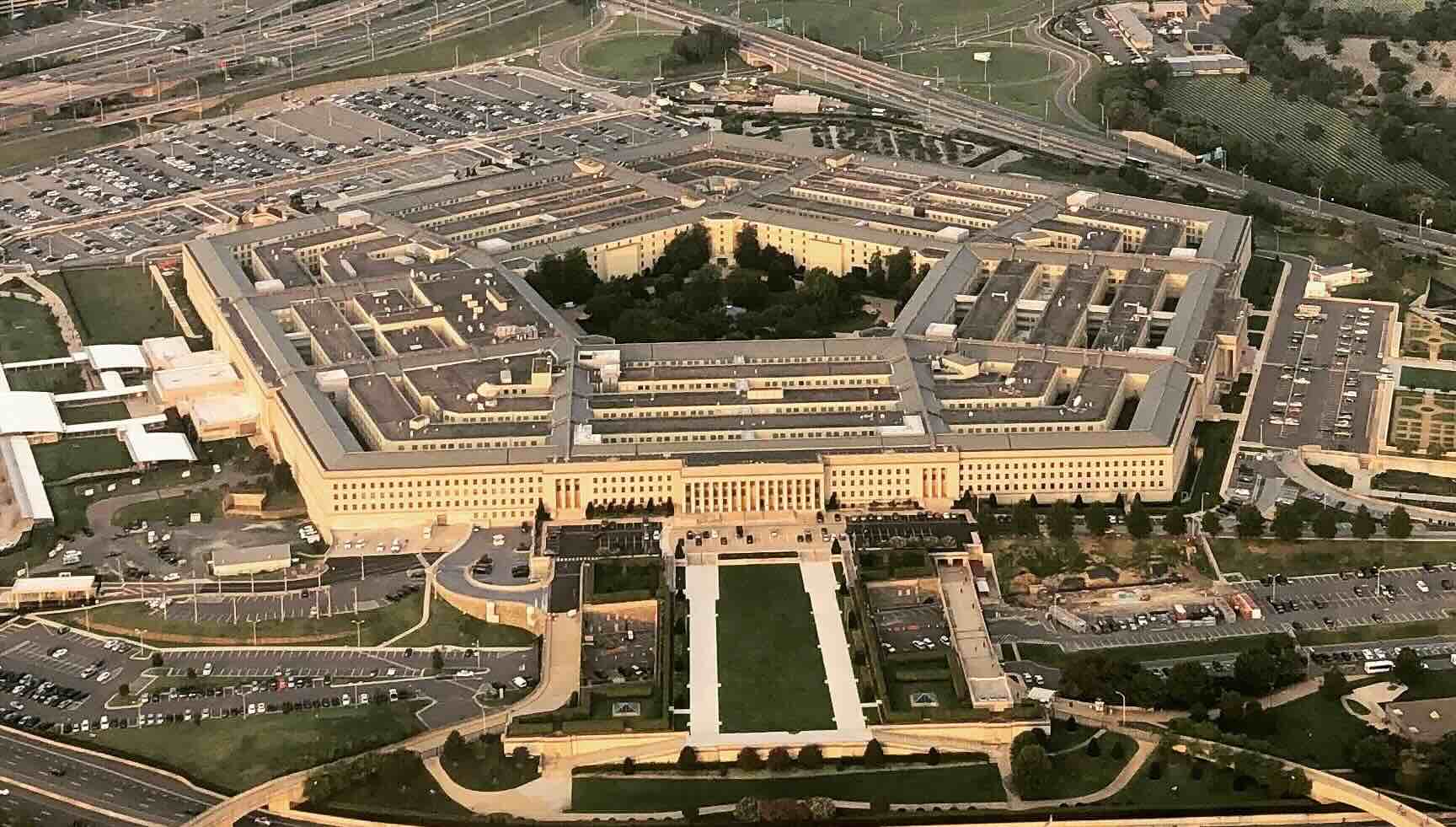


The restriction stems from a new, unannounced approval mechanism introduced in late spring 2025 under the Trump administration. It requires personal authorisation from US Defence Secretary Pete Hegseth before Kyiv can employ Army Tactical Missile Systems (ATACMS) for deep strikes. The mechanism was developed by Elbridge Colby, the Pentagon’s undersecretary for policy.
The Journal reports that the procedure has in effect paused such operations for months, despite earlier policy changes that had permitted limited strikes in Russia. The measure also extends beyond ATACMS to certain European systems that depend on US intelligence and targeting support. In particular, British-French Storm Shadow cruise missiles fall within the review process because of their reliance on US-provided data.
At least once since the spring, Ukraine sought approval to fire ATACMS at a target on Russian territory but the request was refused, according to outlets relaying the WSJ’s account.
The move represents a reversal from the position adopted under President Joe Biden. In November 2024, the Biden administration authorised Ukraine to use US weapons for strikes inside Russia, a shift widely reported at the time and linked by officials to Moscow’s deployment of North Korean personnel to the conflict. Ukraine subsequently conducted its first such ATACMS strike inside Russia on 19 November 2024.
The WSJ reports that President Donald Trump has publicly argued that wars cannot be won through defensive actions alone, but that statement has not altered the current approvals regime. The intent of the tighter controls, as described by outlets summarising the Journal’s article, is to reduce escalation risks and to keep space for potential negotiations with Russia.
Reuters, citing the WSJ report, said the approval process has constrained Ukraine’s ability to employ ATACMS against targets within Russia and comes amid frustration in Washington over stalled diplomatic efforts. According to that account, recent contacts involving Russian President Vladimir Putin and Western leaders have not produced a breakthrough.
The Journal’s report also indicates that the review mechanism applies to allied systems that use US intelligence or components, reinforcing Washington’s leverage over how such munitions are employed. The Guardian’s write-up noted that the Trump administration is seeking to keep channels open for talks while avoiding steps that could be read in Moscow as an escalation, even as Kyiv continues to press for deeper strike options.
The approvals framework, as described, centralises decision-making in the office of the US defence secretary and reflects a broader trend of case-by-case authorisations in Western military support to Ukraine. Since early in the full-scale invasion, Washington and European capitals have adjusted policy in stages, widening the permitted use of certain systems while maintaining restrictions on others. The present arrangement appears to preserve room for exceptional approvals — rather than a blanket prohibition — but has resulted in no green-lighted deep-strike ATACMS missions for several months, according to the WSJ.